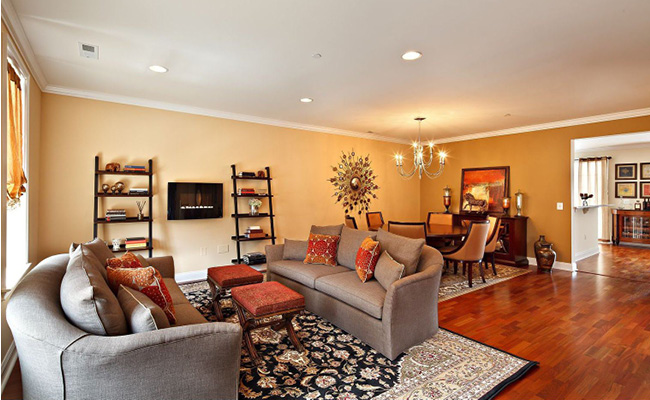For many small businesses indoor photography is a science (and an art) that it is important to master. Whether you are a real estate agent, architect, interior designer or restaurant or hotel owner, presenting professional photographs of the spaces that serve as a showcase for your activity will allow you to attract your clientele more effectively.
In order to help you perfect your indoor photography skills, we have gathered expert advice. Put them into practice in your personal or professional space and sharpen your technique.
Find the ideal outlook
Indoor photography often requires trying different angles. It is possible to be taken a few steps back to find yourself in a corner or to have to tighten your device against a wall in order to obtain the ideal shot. There is no secret: experience a maximum of angles and positions and discover for yourself.
Use adequate lighting
Your goal should be to find lighting that will highlight every element of the piece you capture. To do this, use natural light and add lamps to illuminate details that remain too dark. If you want to avoid “artificial” light, consider the orientation and size of the windows of the room in question. Looking for a gentle brightness: the early morning or late afternoon will provide you with optimal conditions.
Work with a wide-angle lens
In order to capture maximum space, using a wide-angle lens is an option to take seriously into consideration. It is necessary to have specialized equipment. Experts usually choose a short focal length ranging from 16 to 24 millimeters depending on the depth of the part. If you choose an angle too large your picture may be distorted. Use with caution.
Do not tilt your camera
Tilting your camera to create perspective effects can be an excellent choice in outdoor photography for those who wish to give life to their stereotypes of monuments and buildings of all kinds. Inside, however, it is important to keep your vertical lines straight. The slightest inclination at short distance moves the lines that frame the piece diagonally (something that is not necessarily desirable for this type of photographs). One possibility to consider is to position yourself physically in height to get a better perspective – but not too much either, under penalty of cutting half of your piece.
Avoid fuzzy results
Even if you are stable like a rock, you will never be safe from an accident. To ensure that nothing can jeopardize the stability of your photo, use a tripod. If you want to exercise caution until the end use a timer and neutralize all remaining causes (finger shake, colleague irruption etc.).
Stage your piece
Think of the atmosphere you want your photo to exude and decorate your room accordingly. Use accessories: a pile of magazines scattered on a coffee table, a laptop open on the desk, a plant here, a painting there and personalize the decoration according to the desired style. It is also possible that you have to purify the space to give value to certain parts of the room. In this case, do not hesitate to do some storage and to get rid of the superfluous decorative flourishes.
Try Without Moderation
The size of the room, furniture, decorations, and lighting are only a small part of the number of parameters to be taken into account at the time of your shooting session. No matter what kind of space you have in goal, your interest will always remain the same: sell. Take as many pictures as possible, in a variety of positions, and enjoy the joy of relaxation. Once your session is over, you will appreciate having the opportunity to choose from a wide range of options. More information to consult with best interior photographers in Pune for interior photo shooting.

